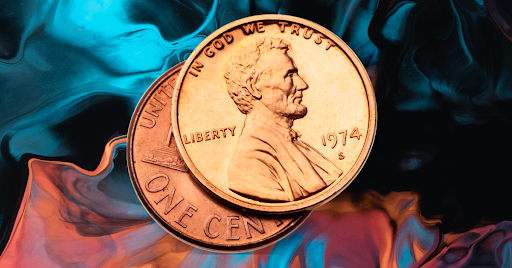You may have to start charging a nickel for your thoughts. You’re worth it.

But also, the US Treasury Department is phasing out the humble one-cent coin. Once its current order of penny blanks is done, the US Mint will manufacture no more.
Why?
There are an estimated 114B pennies in circulation, but many are sitting around in piggy banks or old coffee cans as few people pay with exact change. Plus:
- Vending and laundry machines don’t take them.
- An estimated $1.2m simply worth are thrown in the trash each year.
- Modern pennies are mostly made of zinc, the mining of which has environmental impacts and which can be toxic if ingested by pets.
Were there any objections?
Americans for Common Cents, which has lobbied to preserve the penny, has argued that eliminating it could:
- Lead to retailers rounding prices up to the nearest nickel
- Hurt charities that rely on penny drives
- Lose the US Mint money because it’ll have to make more nickels. While it costs over 3 cents to produce a single penny, it costs 13.8 cents per nickel.
That said, there are certainly other ways to raise more significant funds, and Canada — which stopped making pennies in 2012 — found the impact of rounding on customers to be minimal.
What happens next?
Pennies will still be legal tender anywhere cash is accepted in the US, as is the case in Canada, which stopped making pennies in 2012.
The National Retail Federation anticipates that many retailers will likely still use pennies into 2026, even after production has stopped, but will probably start rounding as supplies diminish, per CNN.
Canada recycles its pennies by melting them down and repurposing the metal.
Or you could use ~24.5k pennies to create a 12-foot-high portrait of Abraham Lincoln, which artist Richard Schlatter did to win $200k at an Michigan art competition in 2017. Not a bad ROI.
Money

